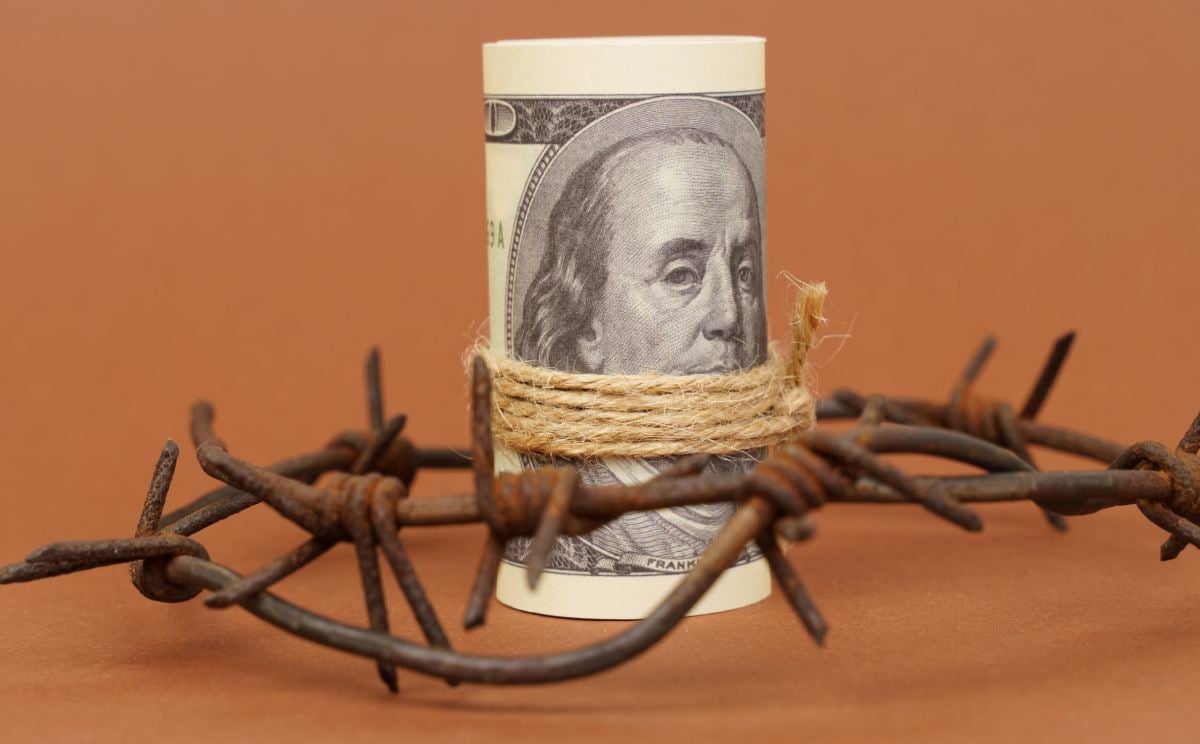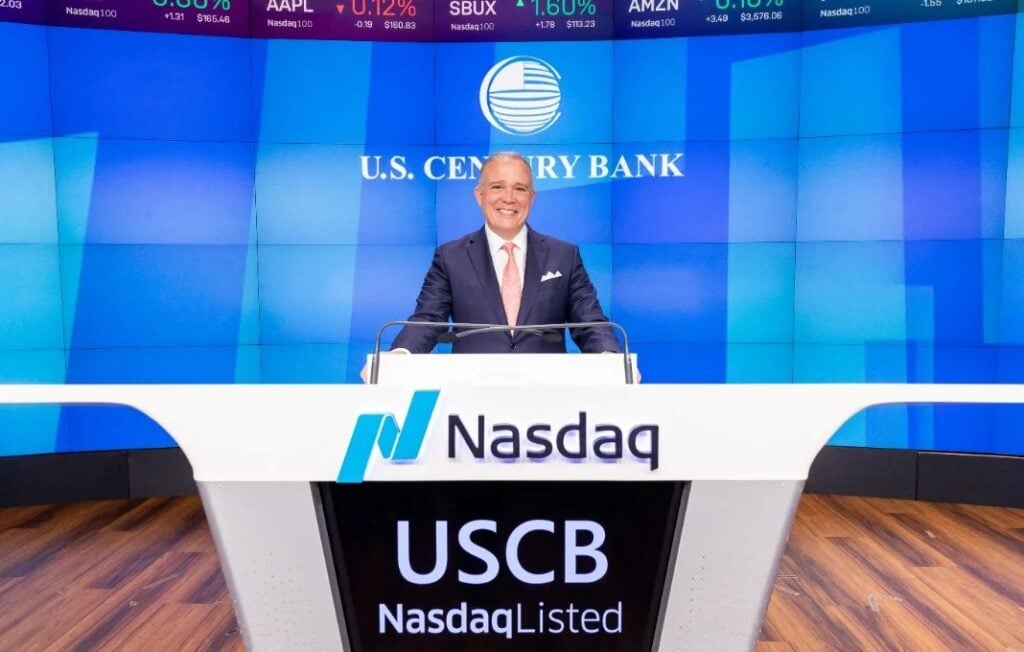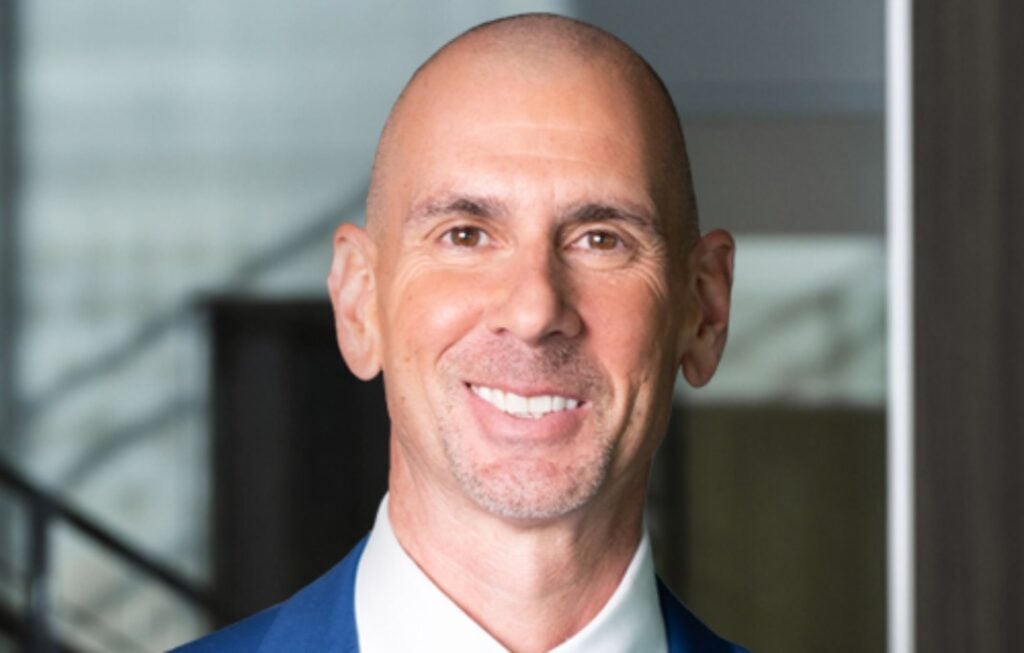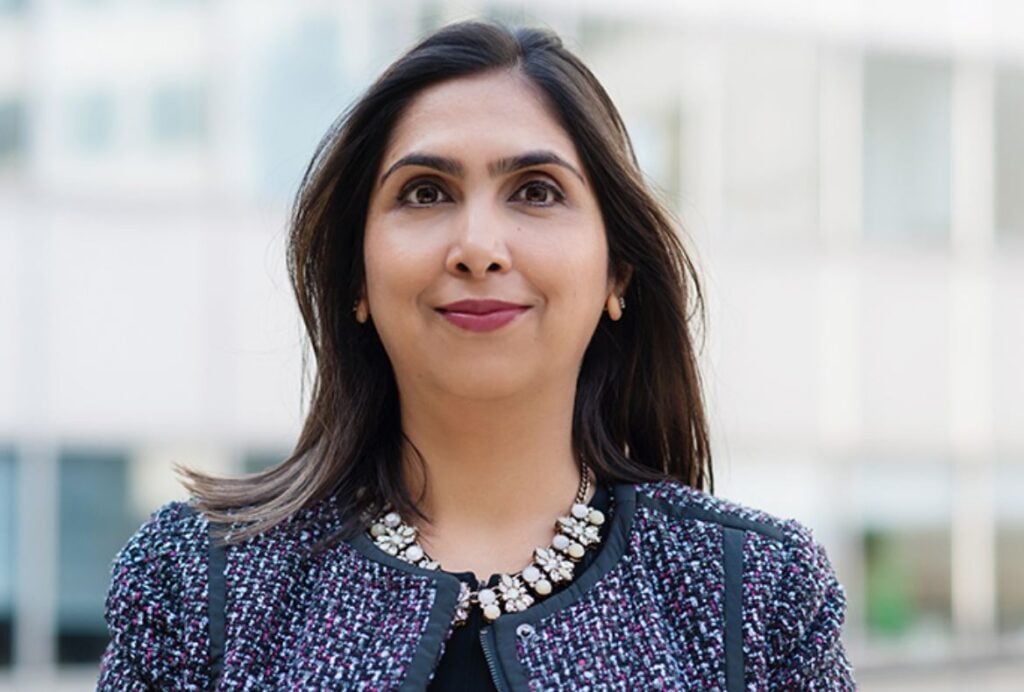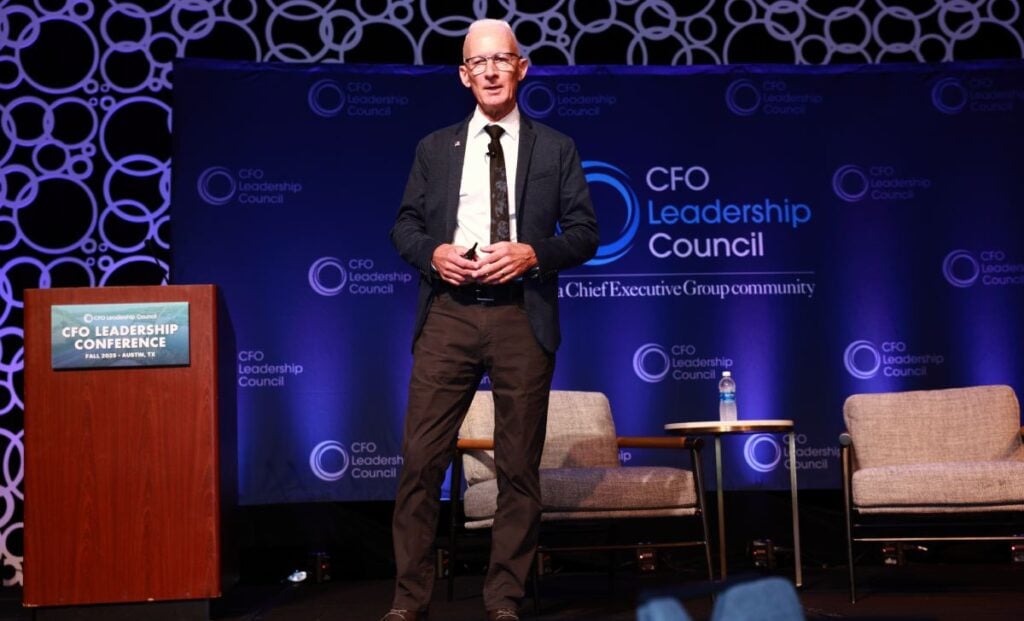As of the end of 2024, members of the S&P 500 held 31% of their current assets in cash. Technology and real estate companies in the stock index had even more liquidity—about 46% of current assets in cash, according to data from JP Morgan Asset Management.
While some of the excess cash of large companies is held in FDIC-insured bank accounts, a significant portion is not. The FDIC only insures up to $250,000 per depositor per financial institution. So companies with tens of millions of dollars in cash on their balance sheets must invest their liquidity in securities, money market funds or engage in some complex financial maneuvering to spread the cash across multiple banks.
Kelly Brown, CEO of Ampersand, helps businesses do just that. But with the lessons of the Silicon Valley Bank collapse fading, she thinks some CFOs and treasurers are taking their eye off the ball.
In terms of protection and earnings, “no one ever thinks about cash—cash is the forgotten asset,” says Brown.
Only four banks have failed in 2024 and 2025 (so far). However, in one of them, the First National Bank of Lindsay, Oklahoma, which failed in October 2024, some customers with uninsured deposits received just 50 cents on the dollar.
The FDIC sold about 20% of Lindsay’s assets and all of its insured deposits (about $90 million) to First Bank and Trust. But about $7.1 million of uninsured money was held in accounts exceeding the FDIC insurance’s $250,000 coverage. Those depositors would only recover their funds if there were other assets of First National Bank of Lindsay that the FDIC could sell off to make depositors whole.
The experience of the Lindsay depositors suggests that banking regulators and the federal government may take a harder line on U.S. failures. In other words, government guarantees of a failed bank’s deposits above the $250,000 limit, as occurred with SVB, can’t be counted on.
Banking Imbalance
The problem with protecting bank deposits starts with the imbalance in the relationship between a company and its bank. If a business borrows from a bank, the bank will typically require a personal guarantee. The bank may place a lien on some or all the company’s assets, says Brown. It will also probably want a full relationship with the business, which includes operating accounts and fee-based services such as wire transfers.
“The bank is never going to lend money that they don’t think they can get back if something goes awry—or at least an asset they can sell to get recovery,” says Brown.
A bank will rarely say, “Here’s how we’re going to protect your deposit.”
But a bank is rarely going to say, ‘Here’s how we’re going to protect your deposit,'” says Brown.
Why do businesses take the risk? “I hear people all the time say, ‘My bank’s been around 100 years or ‘I know the president of my local bank,'” says Brown. “That’s all great, but 100 years ago, the world was different, the regulatory environment was different. Those same people aren’t running the bank.”
Protection Measures
A public depositor, such as a school district or municipality, can obtain a letter of credit from a Federal Home Loan Bank to protect its deposits in the event of default.
Banks can also pledge collateral as security for a deposit. “If you have a billion dollars sitting at the bank, and the bank has Treasury or federal agency securities in its investment portfolio, the bank could pledge those securities against the deposit,” says Brown. In the event of a bank failure, the securities go to the depositor.
Brown says she’s arranged many of these deals. “There’s a cost to the bank to do that, but losing the depositor could be more costly.”
A repurchase (“repo”) agreement—where each night the funds are swept off the bank’s balance sheet into a repo account—can also be used to protect deposits. The customer is essentially buying a share of the bank’s securities. On a daily basis, the customer then “sells” the securities back to the bank, which is said to “repurchase” them.
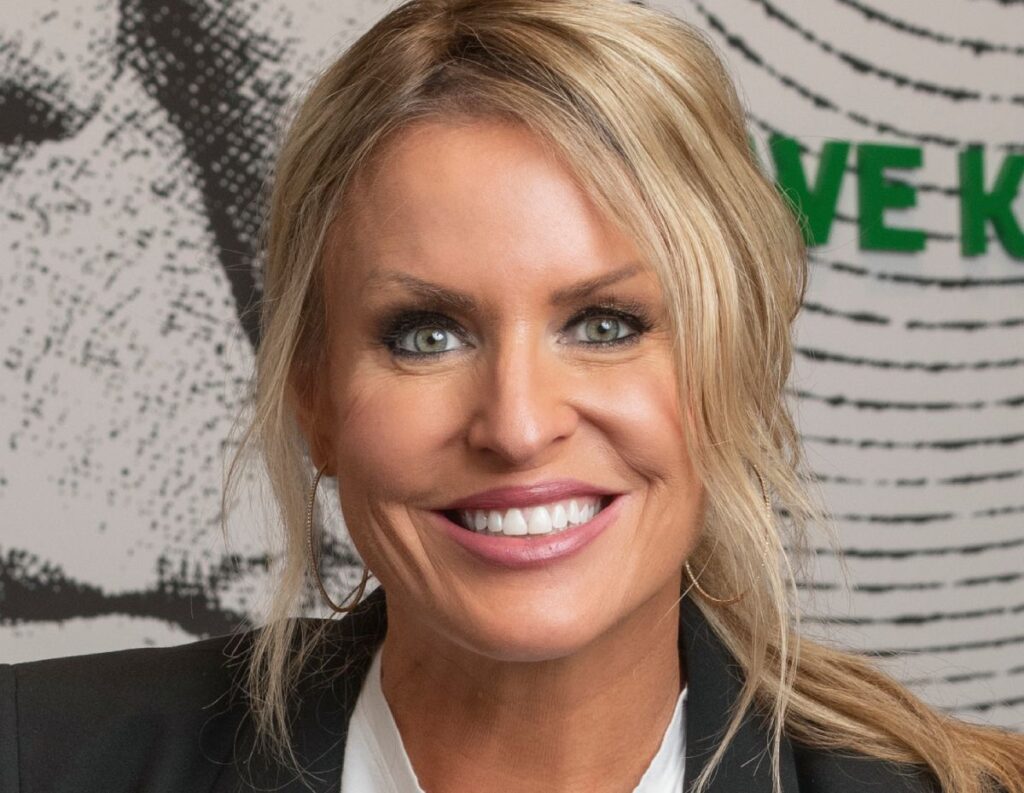
If a bank offers such a service to a client, “they’re going to want the client to make them whole,” cautions Brown. If it costs the bank 50 basis points to conduct a repurchase agreement, they will lower the interest rate the business receives by 50 basis points, she says. The client, then, often has to sacrifice rate for safety.
“If you go to JP Morgan Chase, which is an excellent bank, you’re depending on their balance sheet to protect you, which is fine. If something happens to JP Morgan, I think we have bigger issues in this country.”
But the SVB depositors who flocked to Chase after that bank’s collapse not only lost a more personal relationship with their bank—they went from a great rate and interest income for their business to “getting just a basis point or two on their cash.”
In Brown’s opinion, “you should never have to sacrifice one for the other, you should be able to get a great rate and protect your deposits, period.”
Earning Interest
Despite inflation and higher fed funds rates, many businesses still earn very little on their excess cash deposits. A traditional business savings account might offer an interest rate of up to 1%, for example.
Business customers and their CFOs should pay attention. “It’s rare, in my experience, for commercial customers to review their [deposit] rates consistently,” says Brown.
Instead of paying interest on deposit balances, banks may offer business earnings credits to encourage cash to remain in non-interest-bearing accounts. These credits offset or reduce the fees the business is paying for other bank services. But smaller companies often don’t want to deal with the hassle of tracking earnings credits, says Brown.
“Banks love having an earnings credit because they can lower the earnings credit rate and then tell the customer, ‘If you put more money in a non-interest-bearing account, we’ll be happier.'”
Most business customers simply want the best rates and lowest fees available from their banks. “They don’t want to be nickel-and-dimed,” says Brown.
Brown recommends negotiating as much as possible to get the best rate the bank can offer. If a company is hoarding cash as a buffer against uncertainty, it still needs that cash to be working for it, she explains.
Hungry for Deposits
Over the last five years, fintech investment accounts, such as Acorns and Robinhood, have seen deposit inflows of approximately $2.15 trillion from mega-, regional and community banks, according to Cornerstone Advisors.
Following the collapse of SVB in 2023, many Silicon Valley startups transferred their deposits to Chase, while some also allocated a portion of their SVB deposits to fintechs like Mercury and Brex.
The competition with fintechs has banks on the small end of the scale hungry for core deposits. Despite banks’ need to raise deposit rates over the last three years, customer deposits still represent attractive low-cost funding for banks: the net interest margin (the difference between the rate earned on a loan versus paid out for a deposit) for FDIC-insured banks was 3.25 percent in the first quarter, equal to the pre-pandemic average.
“Ten or fifteen years ago, if you were a local community bank, your competitors were in your backyard. Today, your competitors are Wealthfront, Robin Hood, Apple Chime—all the fintechs and nonbanks,” says Brown.
While these deposit products come packaged in attractive apps, CFOs and treasurers need to be clear on whether their deposits are protected by FDIC insurance. For the most part, FDIC insurance does not cover fintech deposit accounts, even when a bank provides the backend for the fintech’s services. (Some fintechs do use sweep networks to provide FDIC insurance coverage.)
Fintechs, in addition, often come with the same issue as large banks: a lack of attention to the individual customer. “One thing remains the same in banking, even with all the technology,” Brown says. “Complex [business] customers want a relationship. They want to be able to call someone when something goes wrong or when a need arises. They want that relationship that they can lean on.”

